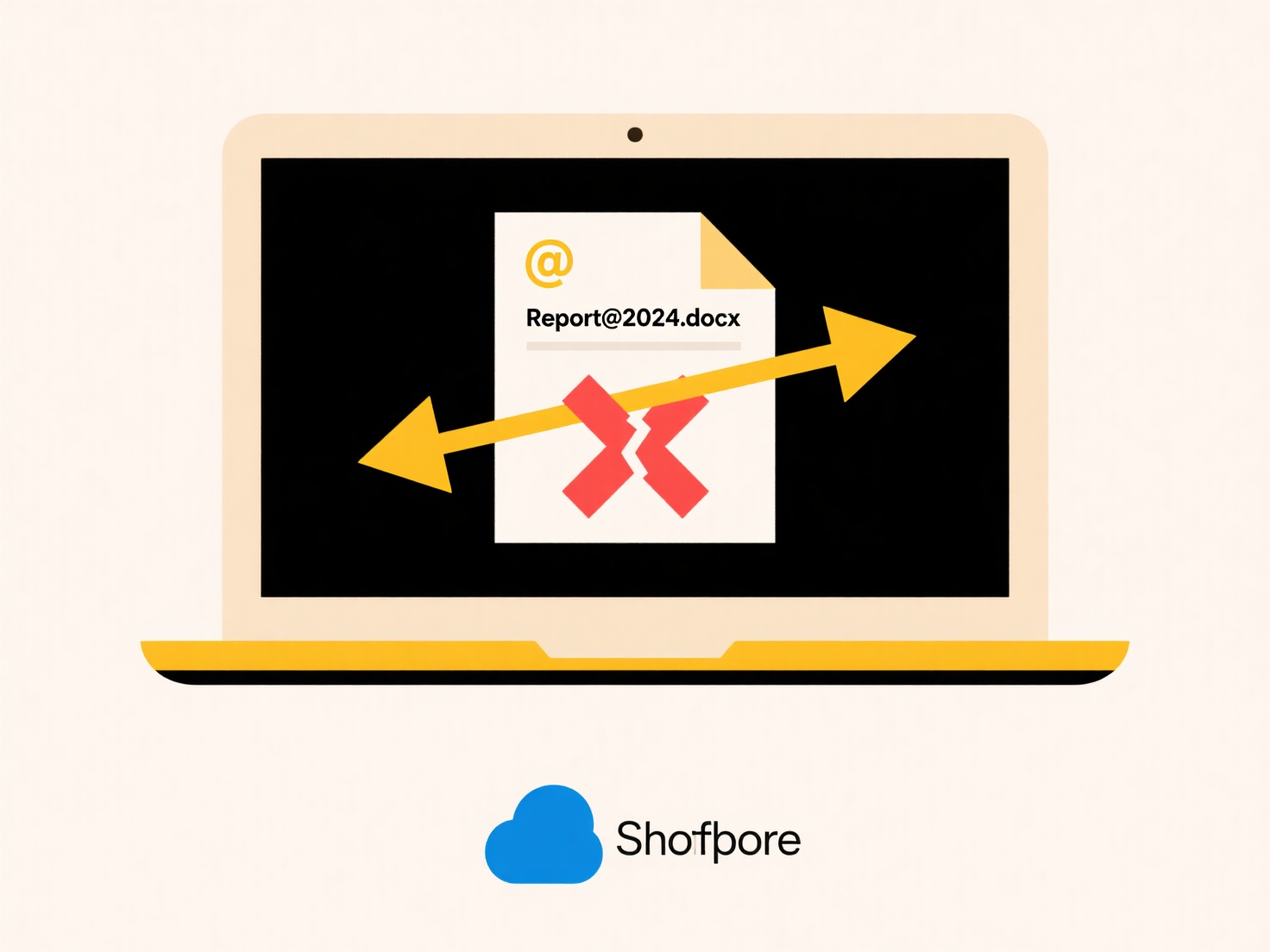
Searching video files by duration or file length involves finding files that are a specific playback time (e.g., exactly 5 minutes, longer than 1 hour, or between 2 and 3 minutes). Searching by codec involves locating files that use a specific compression format for video (like H.264, HEVC, ProRes) or audio (like AAC, MP3, PCM). This differs from basic keyword searches by focusing on intrinsic technical metadata rather than filenames or user-applied tags.

Video professionals frequently use this functionality within media asset management (MAM) systems or advanced video editing software like Adobe Premiere Pro or DaVinci Resolve. An editor might filter their project bin to show only clips shorter than 30 seconds for a social media reel. Alternatively, a streaming service engineer managing a large library might search specifically for files encoded in AV1 to identify assets optimized for their latest delivery tier.
This targeted searching significantly improves workflow efficiency by quickly filtering large media libraries based on production or technical delivery requirements. However, limitations exist: accuracy depends heavily on consistent, correctly embedded metadata which can sometimes be incomplete or inaccurate, especially for user-generated content. Wider adoption depends on continued improvements in metadata standards and the development of smarter search tools incorporating AI-driven content analysis beyond basic technical properties.
How do I search video files by duration or codec?
Searching video files by duration or file length involves finding files that are a specific playback time (e.g., exactly 5 minutes, longer than 1 hour, or between 2 and 3 minutes). Searching by codec involves locating files that use a specific compression format for video (like H.264, HEVC, ProRes) or audio (like AAC, MP3, PCM). This differs from basic keyword searches by focusing on intrinsic technical metadata rather than filenames or user-applied tags.

Video professionals frequently use this functionality within media asset management (MAM) systems or advanced video editing software like Adobe Premiere Pro or DaVinci Resolve. An editor might filter their project bin to show only clips shorter than 30 seconds for a social media reel. Alternatively, a streaming service engineer managing a large library might search specifically for files encoded in AV1 to identify assets optimized for their latest delivery tier.
This targeted searching significantly improves workflow efficiency by quickly filtering large media libraries based on production or technical delivery requirements. However, limitations exist: accuracy depends heavily on consistent, correctly embedded metadata which can sometimes be incomplete or inaccurate, especially for user-generated content. Wider adoption depends on continued improvements in metadata standards and the development of smarter search tools incorporating AI-driven content analysis beyond basic technical properties.
Quick Article Links
Can I use checksums to detect identical files?
A checksum is a digital fingerprint generated from a file's contents using a mathematical algorithm (like MD5, SHA-256)....
Can I undo a batch renaming operation if I make a mistake?
Undoing batch renaming refers to reversing a set of changes made to many files at once. Unlike renaming a single file, w...
How do I choose a file format when saving?
Choosing a file format means selecting a specific method (encoded structure) for storing digital information. Formats di...